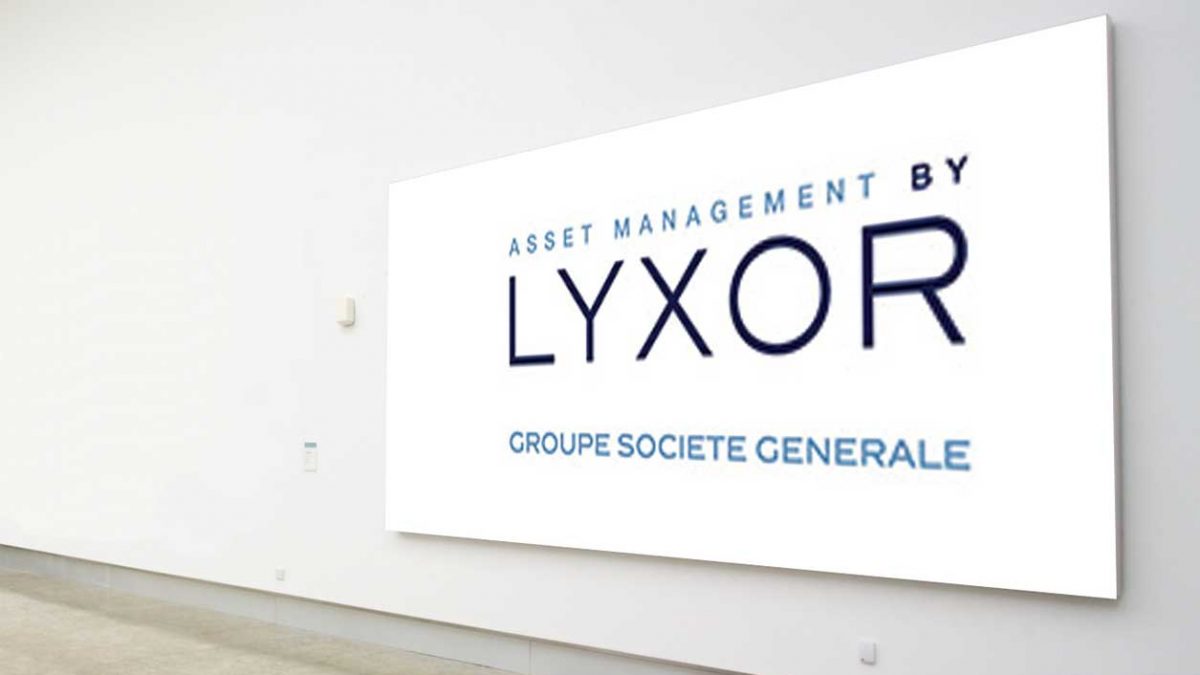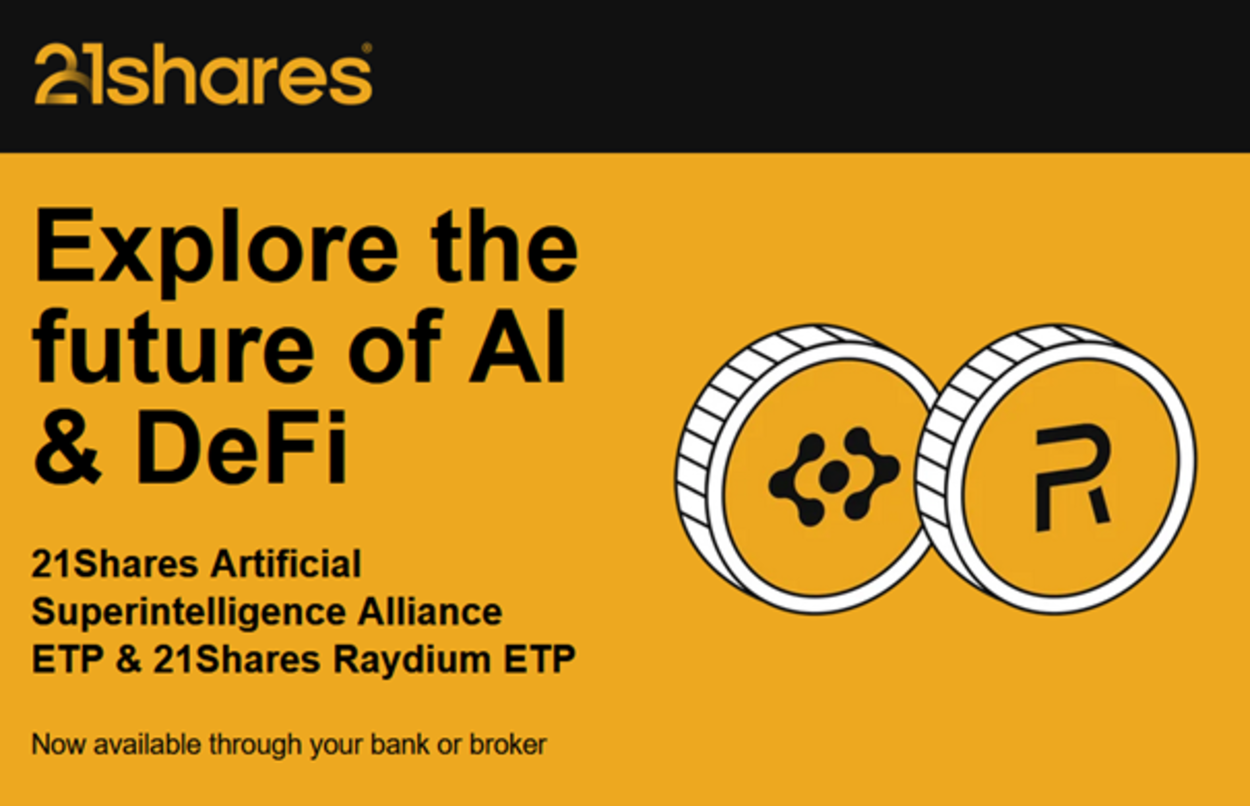Aktiva ränteförvaltare gjorde det mesta av volatila H1 med majoriteten som slog sina jämförelseindex, medan aktieförvaltare hade en mer utmanande period enligt Lyxor Research
• 57 procent av ränteförvaltarna slog sina jämförelseindex under första halvåret 2021, medan 47 procent av aktieförvaltarna överpresterade i en mer utmanande period.
• Storbritannien och Europa Small Cap kom ut på topp bland större divergens i aktieförvaltares prestationer.
• Ränteförvaltare navigerade framgångsrikt den berg-och-dalbana som första halvåret innebar med inflationsskräck och tillväxtproblem.
Den senaste upplagan av Lyxor Asset Managements ”Active-Passive Navigator” finner att de flesta aktiva räntefondförvaltarna slog sina jämförelseindex i de flesta tillgångsklasser under första halvåret 2021, där de gjorde det mesta av en volatil marknadsmiljö där förhoppningarna om en stark global återhämtning och reflation skakades av ökande osäkerheter relaterade till den snabba spridningen av Deltavarianten och centralbankernas svar på stigande inflation. Det var dock svårt för aktiefondförvaltare att hålla jämna steg med aktiemarknadsrallyt, särskilt för Large Cap-förvaltare.
Enligt studien som släpps idag, gjord av Lyxor ETF Research and Solutions-team, och som tittar på resultatet för 13 800 aktiva fonder med EU-hemvist (motsvarande 2,7 miljarder euro, har 57% av aktiva ränteförvaltare och 47% av aktiva aktieförvaltare i genomsnitt slagit sina jämförelseindex i H1, med betydande spridning mellan tillgångsklasser. Lyxor ”Active-Passive Navigator” utvärderar också de viktigaste trenderna som påverkar de globala marknaderna och driver perfomance.
Medan 2021 började starkt för aktiefondförvaltare, uppmuntrade av massutrullningen av vaccinationskampanjer, särskilt i USA och Storbritannien, visade deras resultat större spridning jämfört med förra året. De som tog ett mer risk-on tillvägagångssätt och med exponering mot värde- och cykliska aktier, väntade att dra mest nytta av den globala återhämtningen, kom ut på topp. Dessa inkluderade Storbritannien och Europa small cap (med 96% respektive 61% av dem som gjorde bättre ifrån sig än sina respektive index), medan Kinaförvaltare (73%) drog nytta av en stark inhemsk efterfrågan, vilket gjorde att de kunde avvärja oroligheter på kinesiska marknader i början av året. Däremot släpade Global (34%) och European Large Cap-förvaltare (39%) efter när de kämpade för att fånga aktierallyt på grund av otillräcklig exponering mot dels europeiska aktier, som led relativt mindre av ”tapering ångest” och mot värdeaktier.
Ränteförvaltare hade totalt sett en stark utveckling i H1 (med 57% som överträffade sina jämförelseindex jämfört med 40% år 2020) när de framgångsrikt navigerade i en komplex och kontrasterad miljö, bland rädslan för skenande inflation som pressade obligations-yield högre överlag under första kvartalet. Under andra kvartalet lindrade den dämpande dragkraften i USAs ekonomiska aktivitet oron för tapering av Fed, vilket gav amerikanska statsobligationer en paus, medan euroräntorna smög sig högre, driven av ekonomisk återhämtning och stigande vaccinationsnivåer. I detta sammanhang gjorde ränteförvaltare som intog en undervikt på kort duration bra ifrån sig, med stats-, Investment Grade- och Aggregate-förvaltare som frodades på båda sidor av Atlanten och överträffade jämförelseindex. Däremot underpresterande High Yield, alltför försiktigt under första kvartalet, och tillväxtmarknadsräntor, alltför försiktiga under andra kvartalet, något under perioden.
Vincent Denoiseux, Head of ETF Research and Solutions hos Lyxor Asset Management, kommenterade: “Även om de flesta aktiva aktieförvaltare har kunnat dämpa marknadschocker under 2020 visade det sig vara mer utmanande att hänga med i ett så snabbt och konsekvent rally som under första halvåret 2021. Dynamisk hantering av sektor- och stilallokering var nyckeln till att prestera bättre i denna utmanande miljö. På räntefronten har H1 varit en stark period, med agil durationshantering som en avgörande prestationsdrivare”.
Jean-Baptiste Berthon, Senior Cross-Asset Strategist at Lyxor Asset Management, tillade: “En majoritet av aktiva fondförvaltare lyckades navigera i motvid relaterad till problematik i vaccinationsprogram samt osäkerheter som drivs av stigande inflation och oro för tapering. Framöver kommer tillbakadragandet av monetära och finanspolitiska stimulanser, förändrade handelsförhållanden när ekonomierna gradvis återgår till det normala och stigande värderingar att ge både utmaningar och möjligheter för aktiva förvaltare”

 Nyheter3 veckor sedan
Nyheter3 veckor sedan
 Nyheter4 veckor sedan
Nyheter4 veckor sedan
 Nyheter4 veckor sedan
Nyheter4 veckor sedan
 Nyheter4 veckor sedan
Nyheter4 veckor sedan
 Nyheter2 veckor sedan
Nyheter2 veckor sedan
 Nyheter3 veckor sedan
Nyheter3 veckor sedan
 Nyheter2 veckor sedan
Nyheter2 veckor sedan
 Nyheter4 veckor sedan
Nyheter4 veckor sedan






















